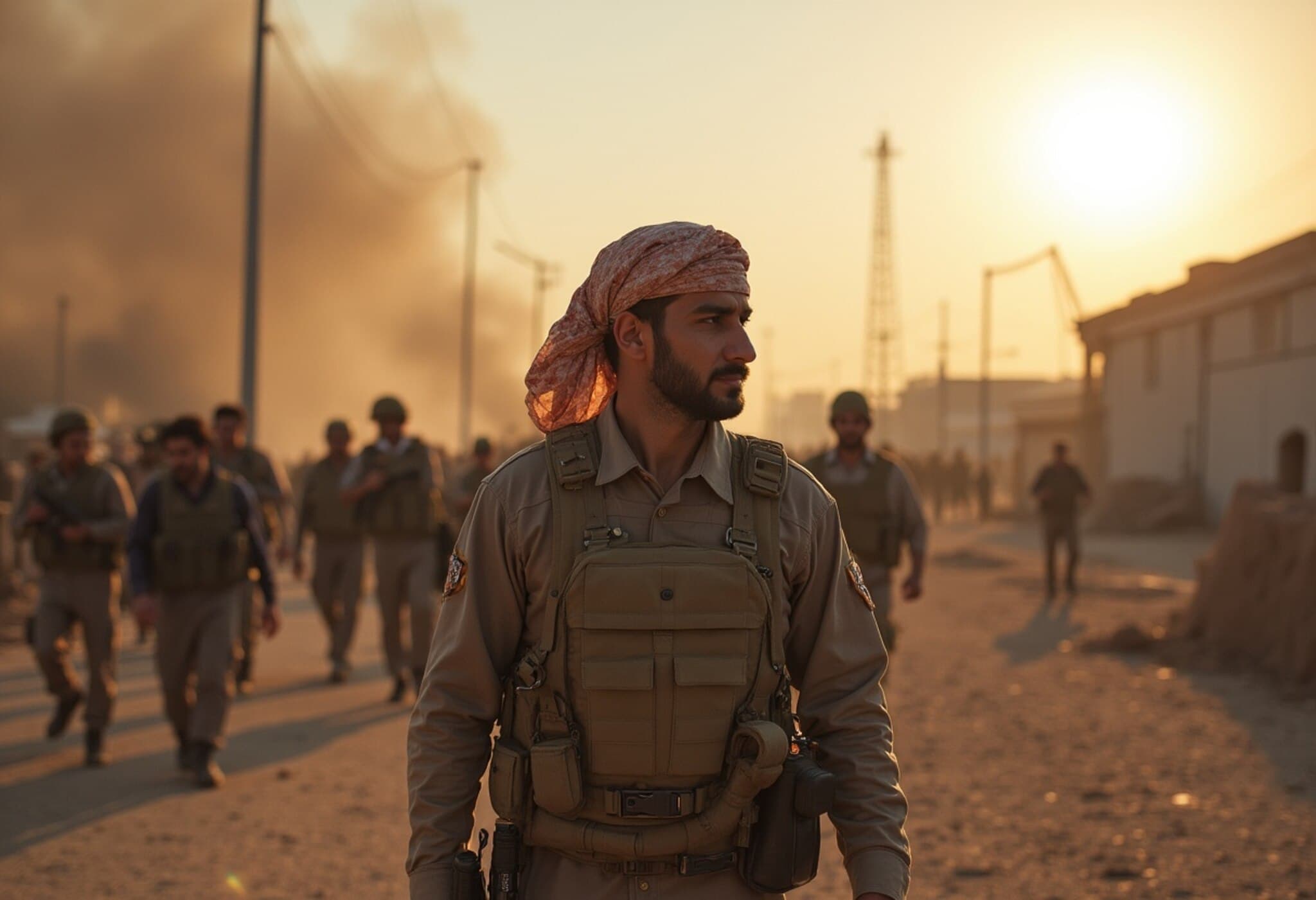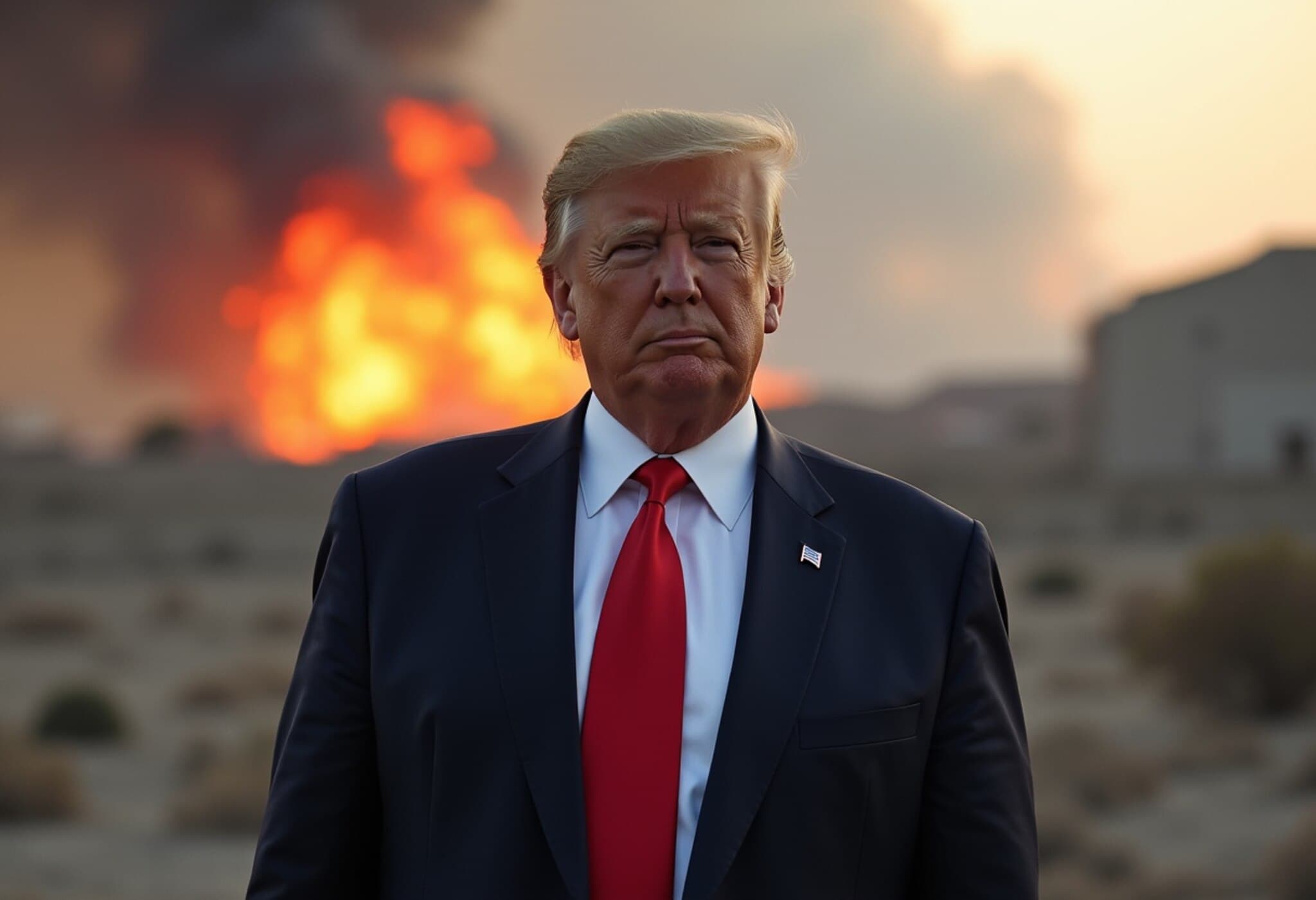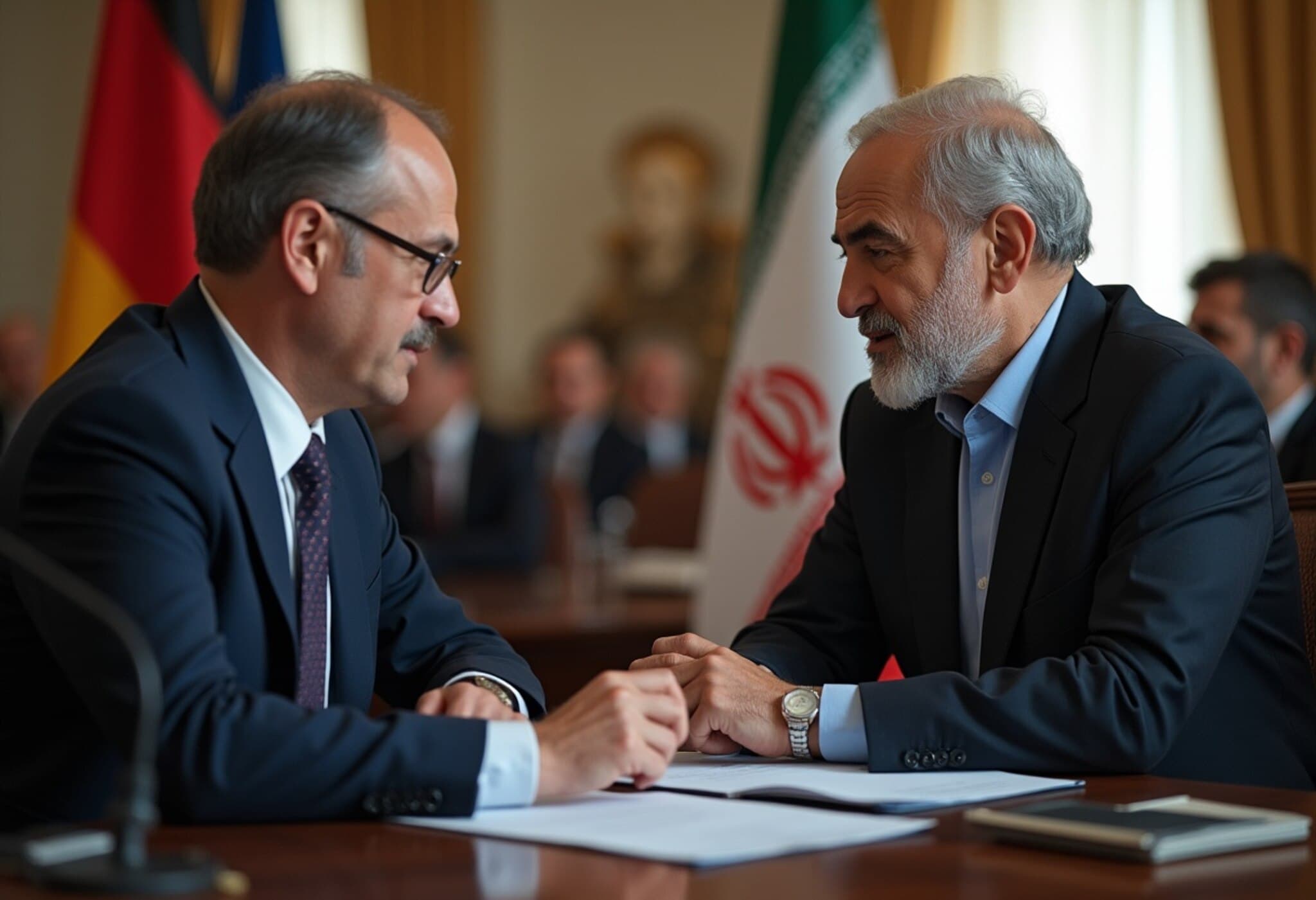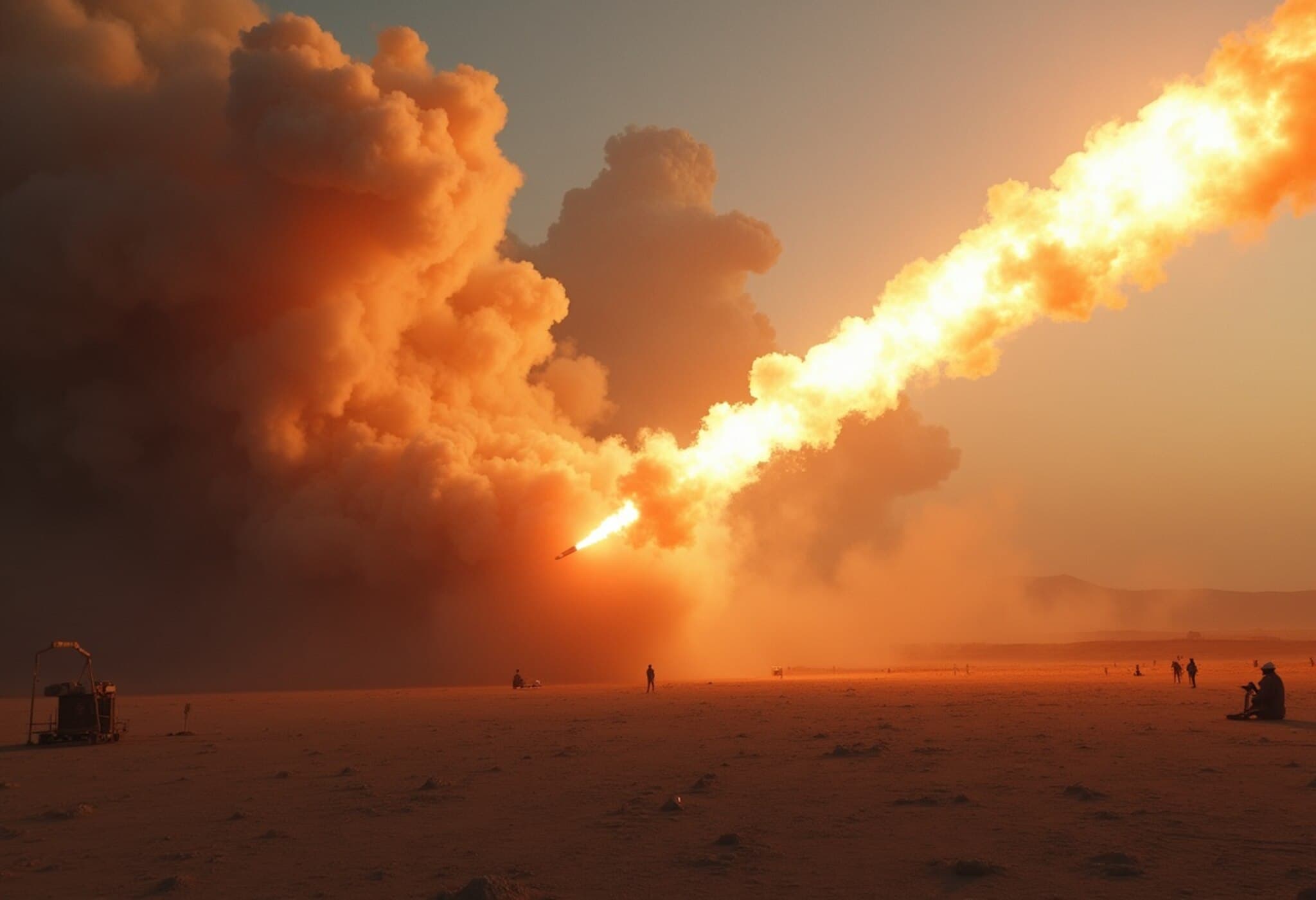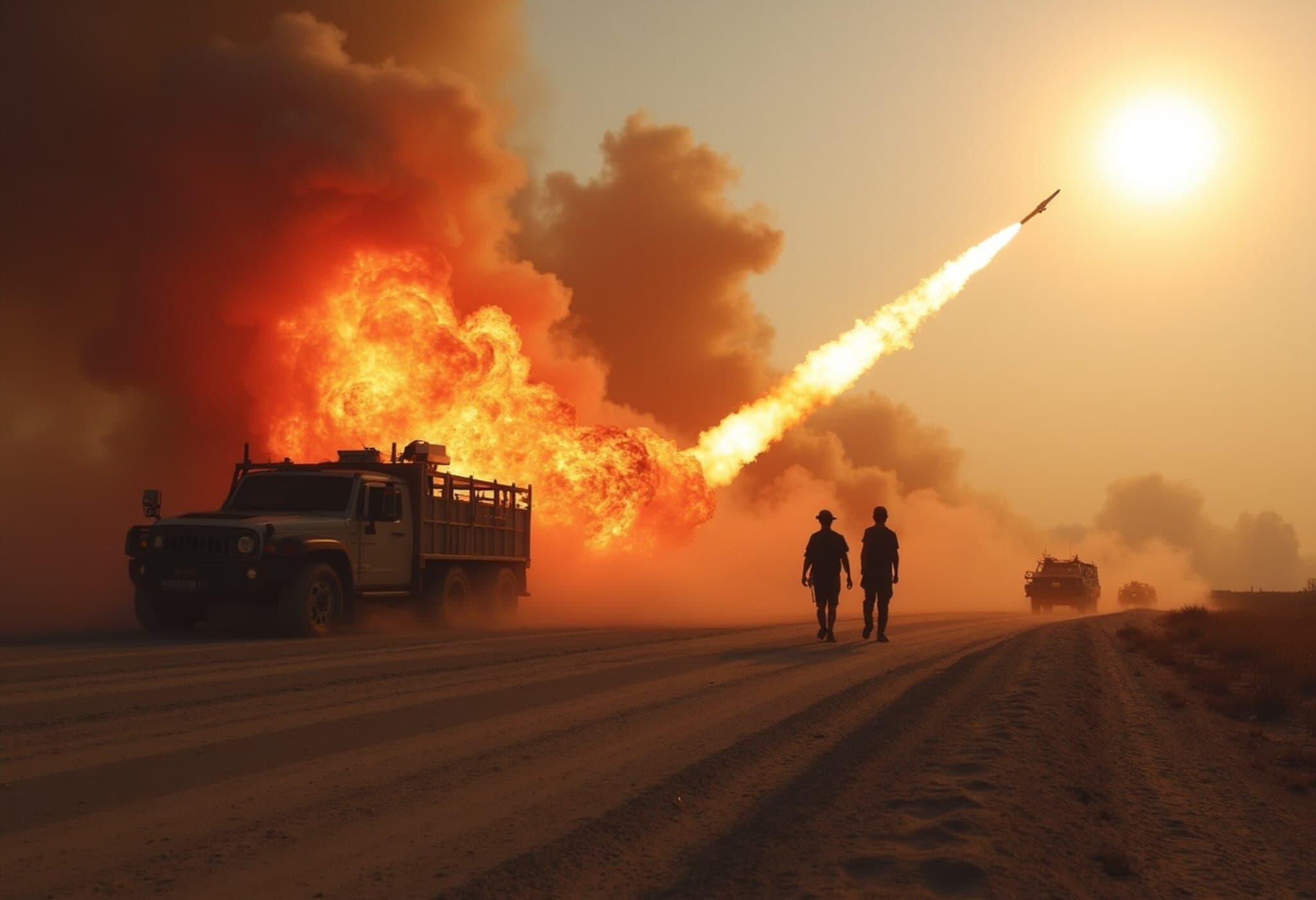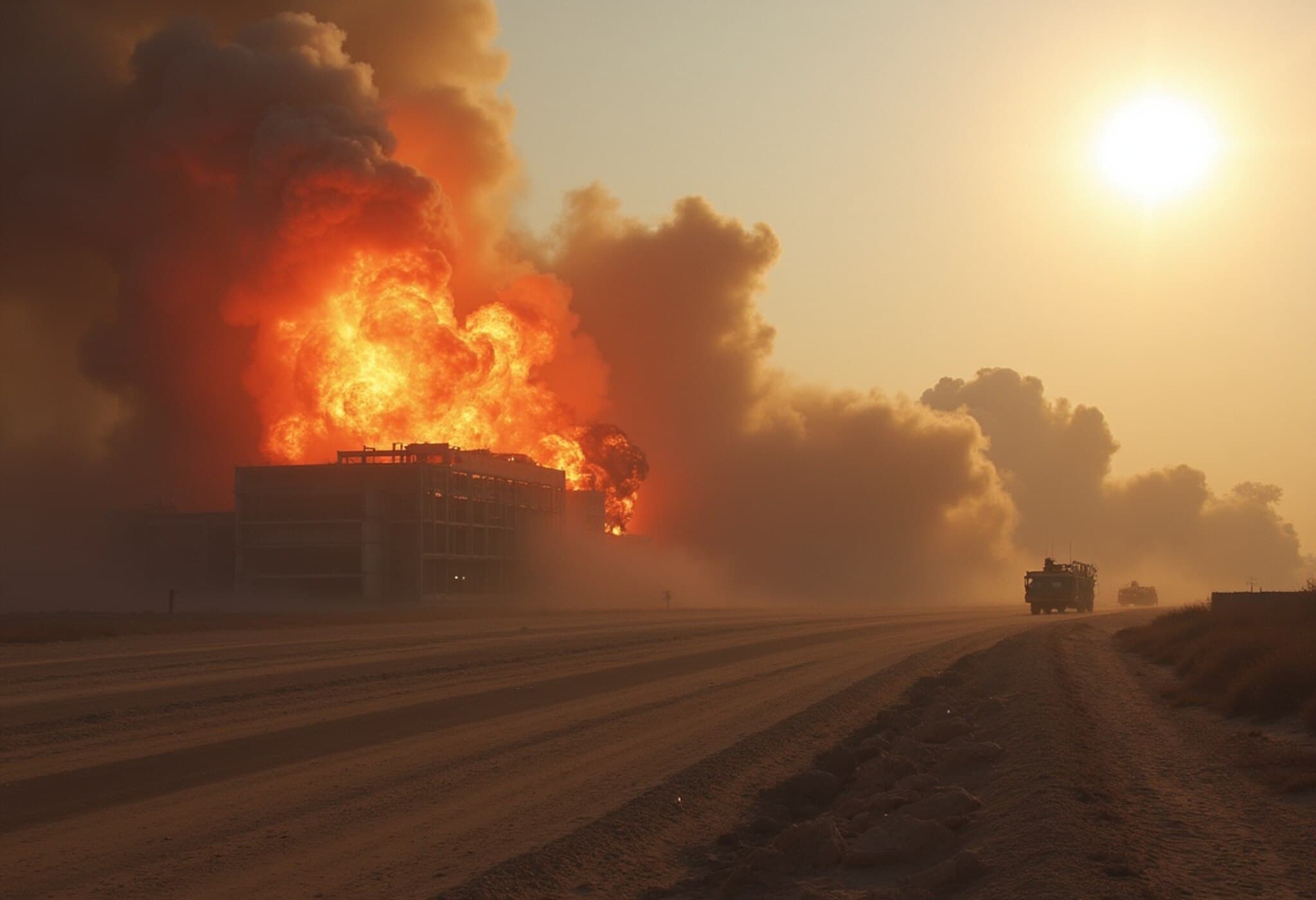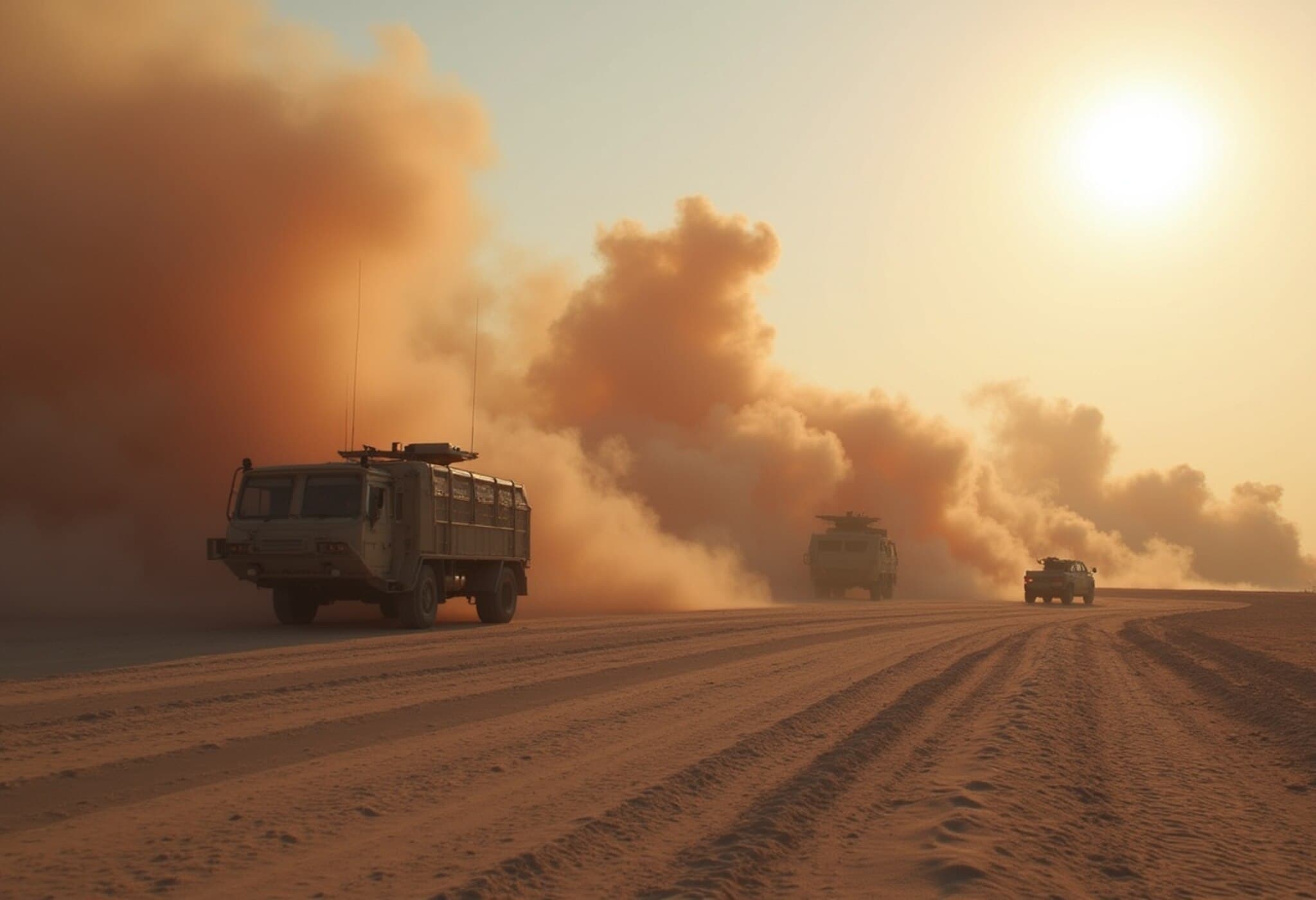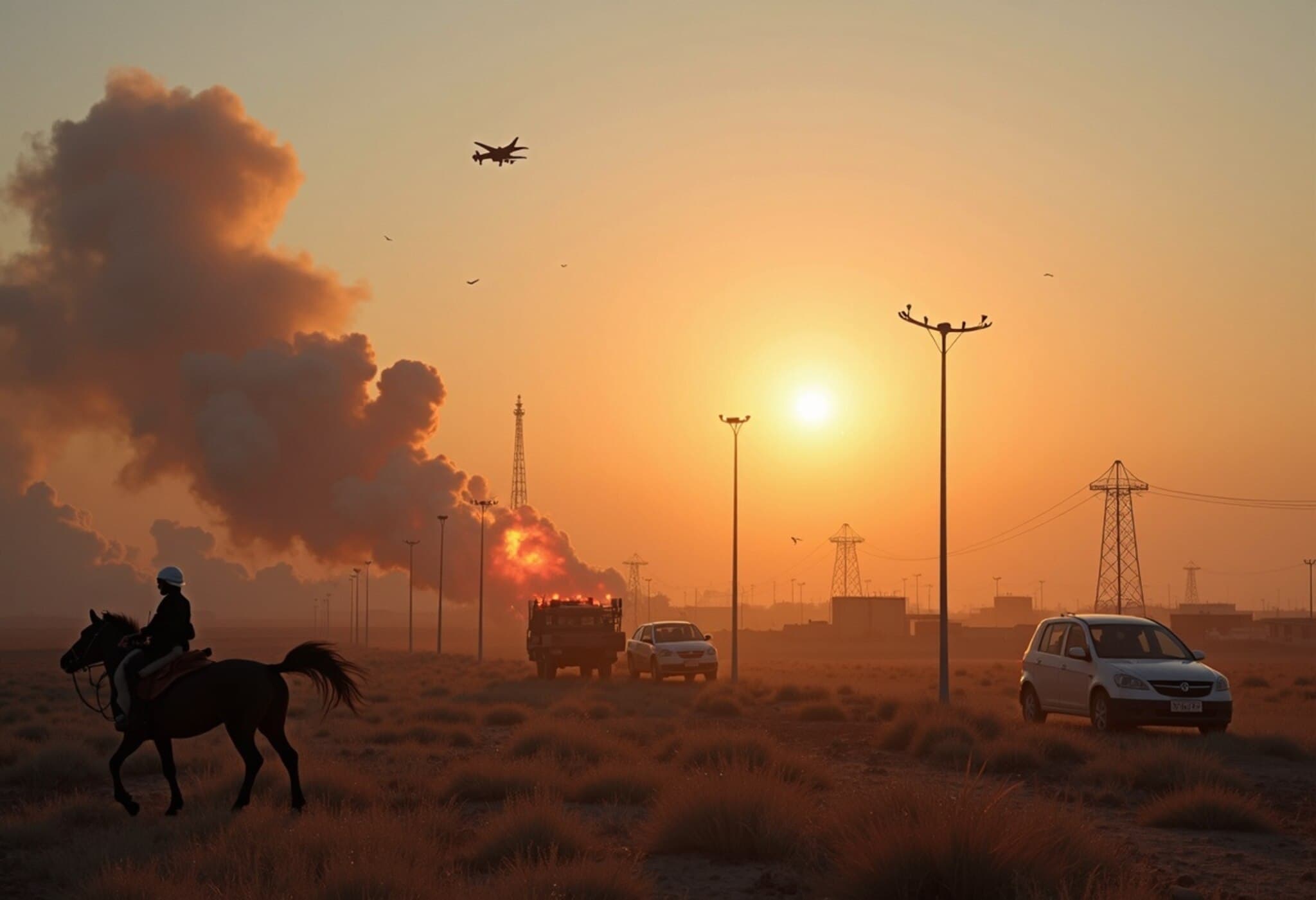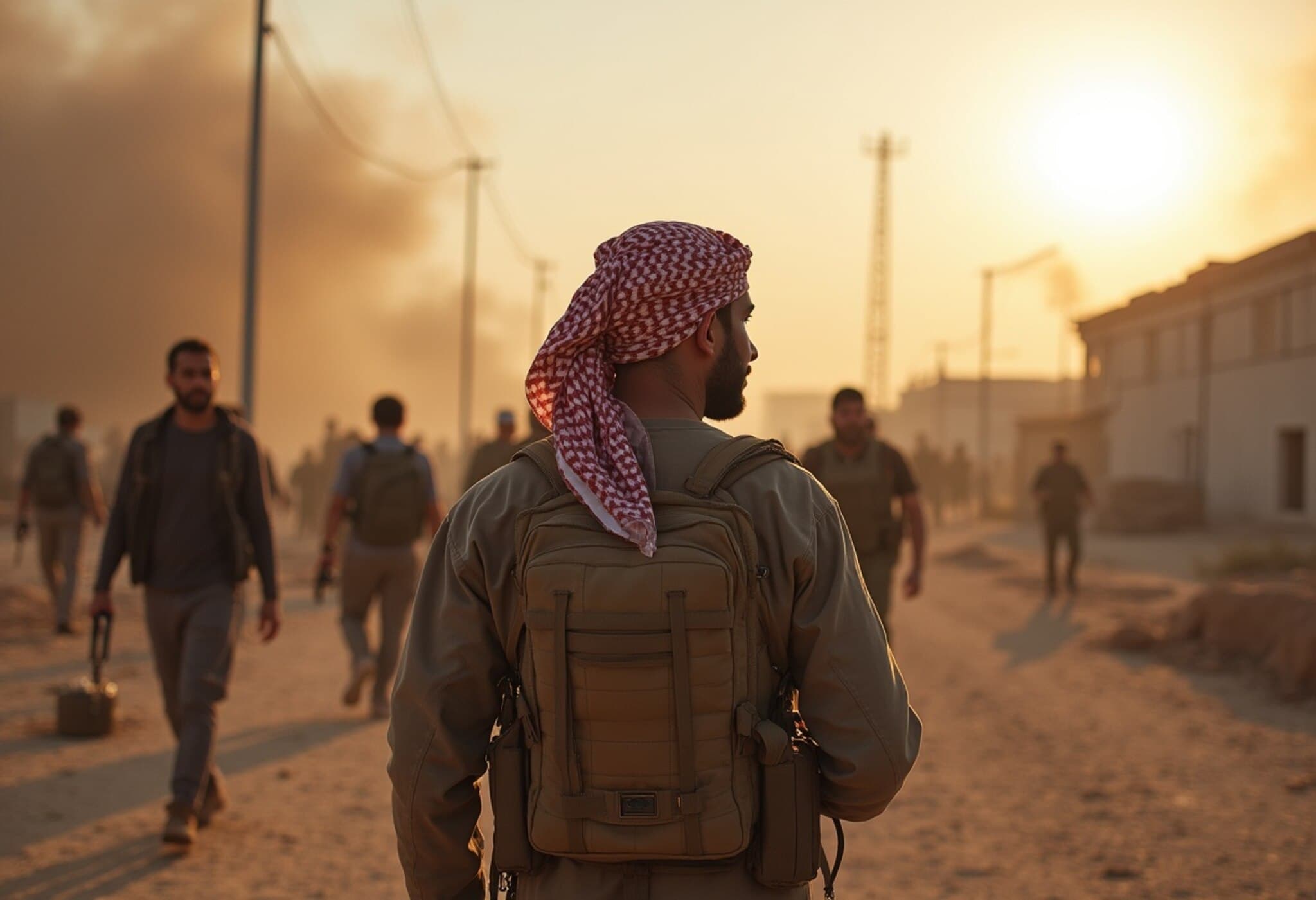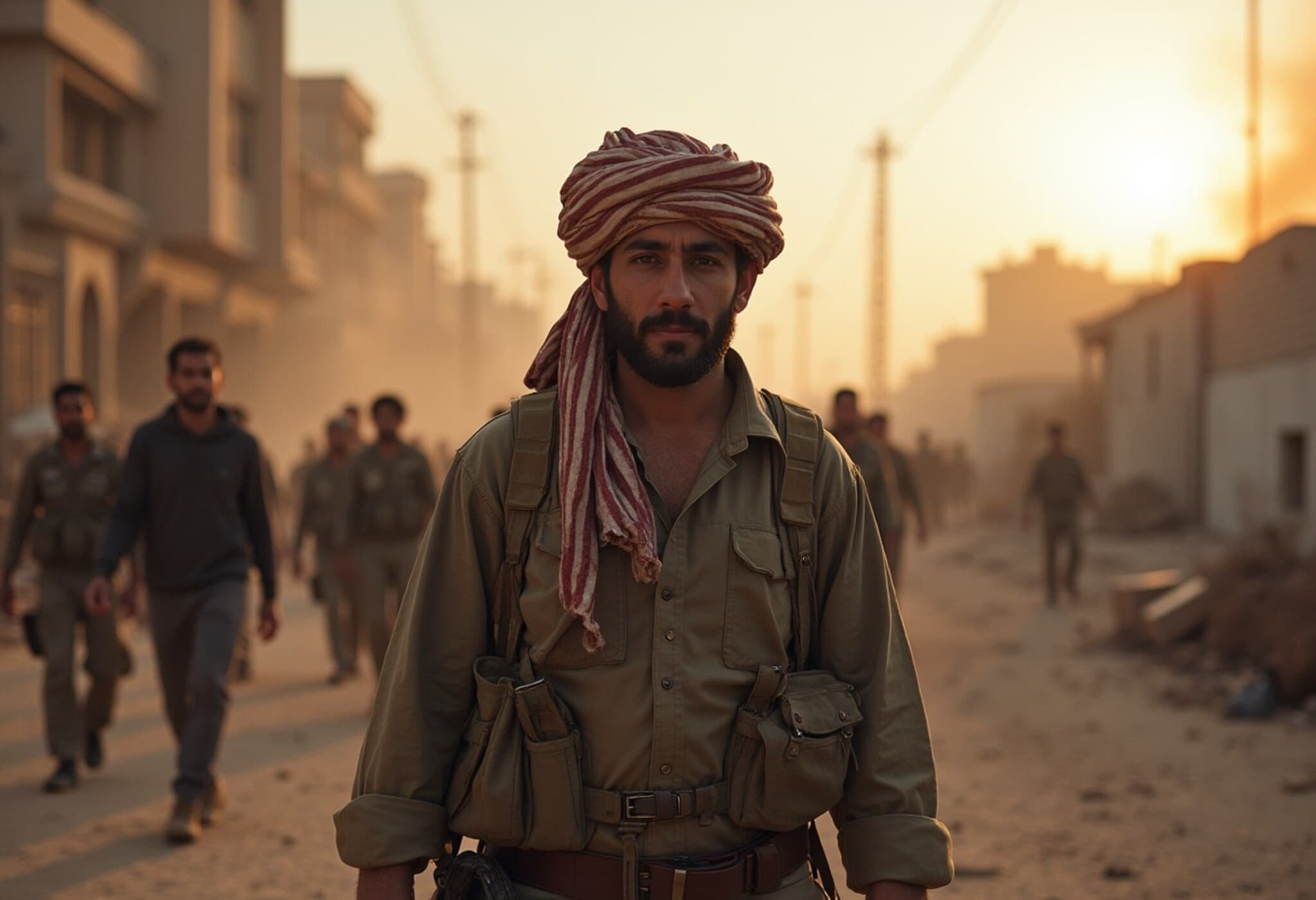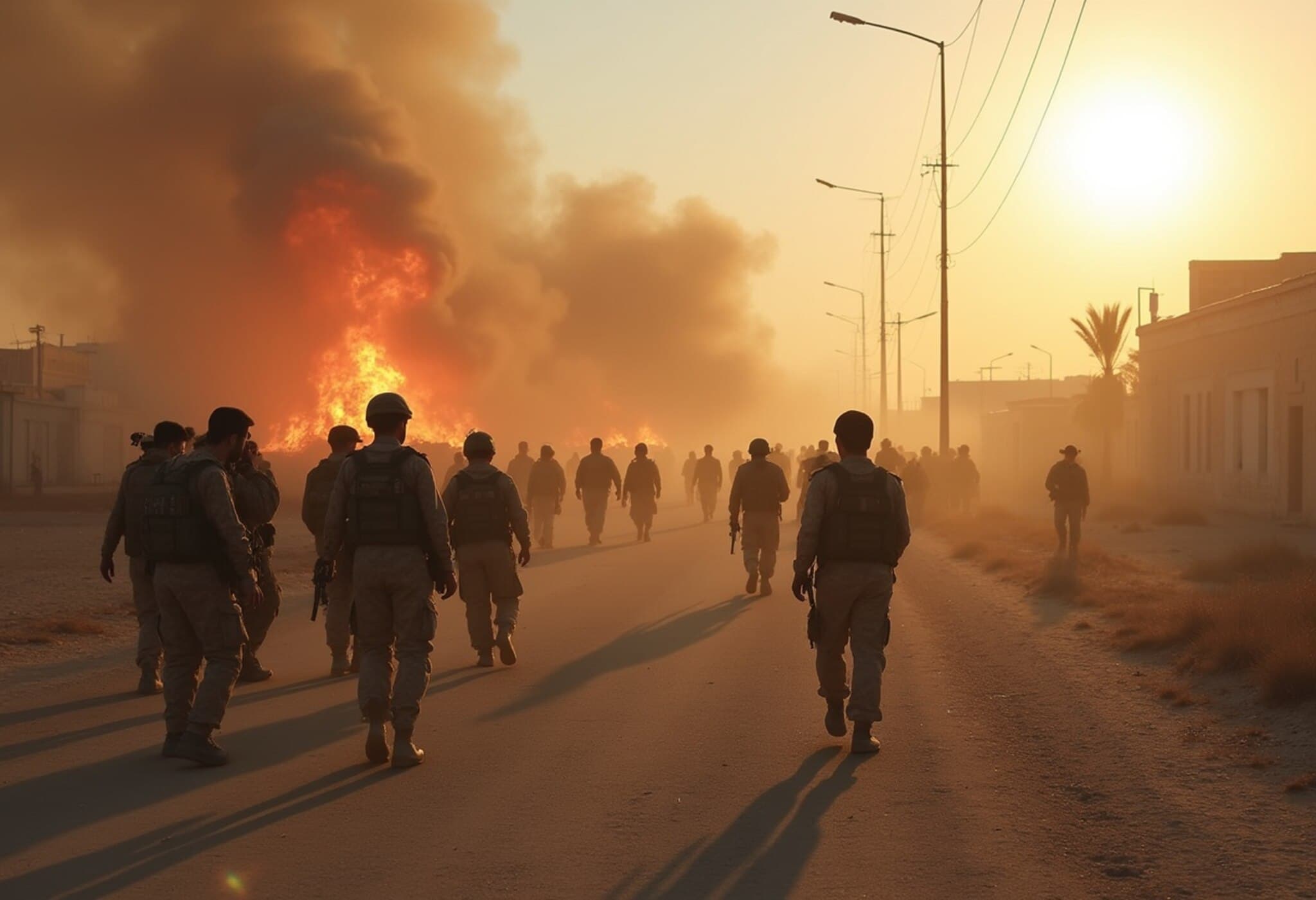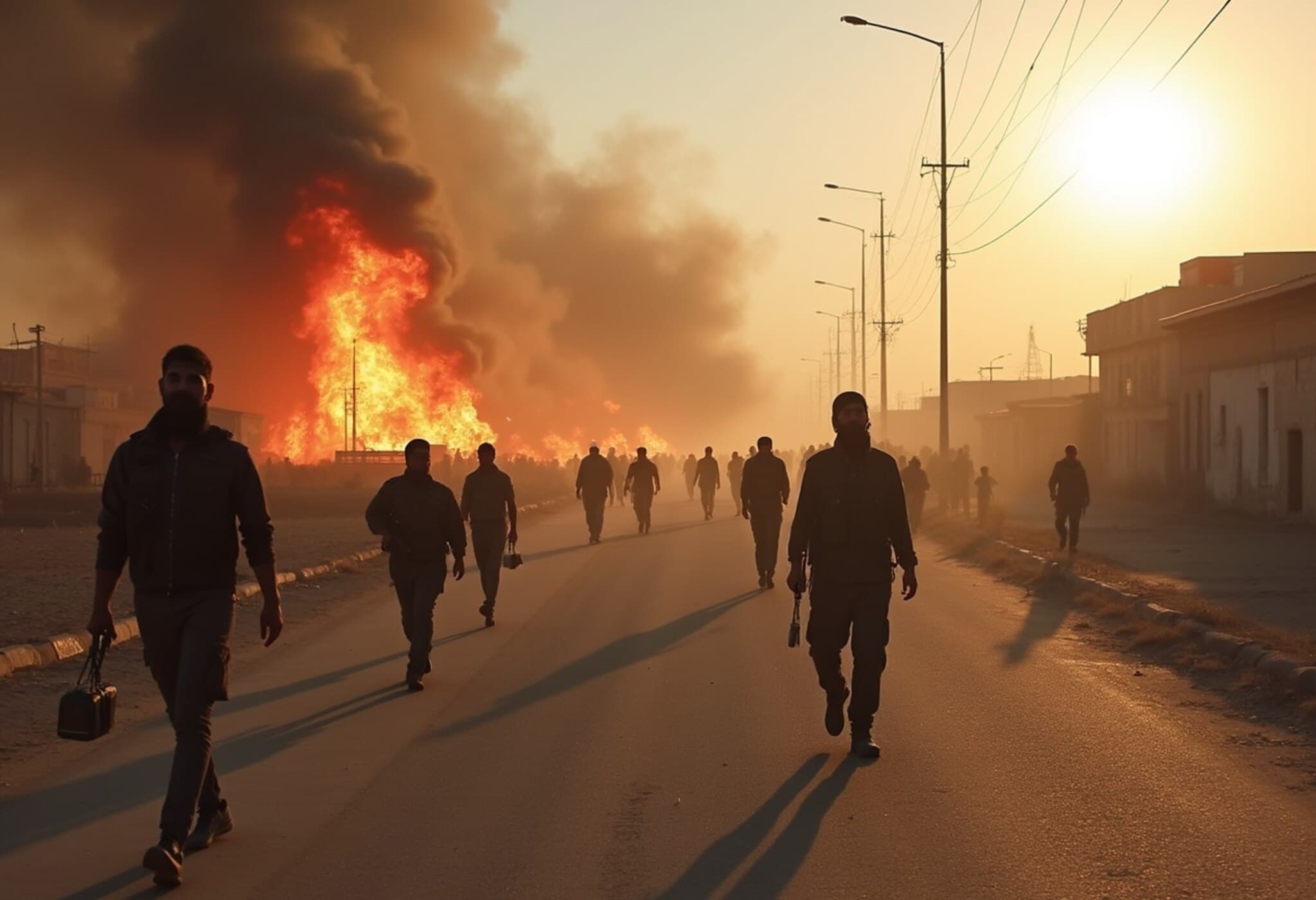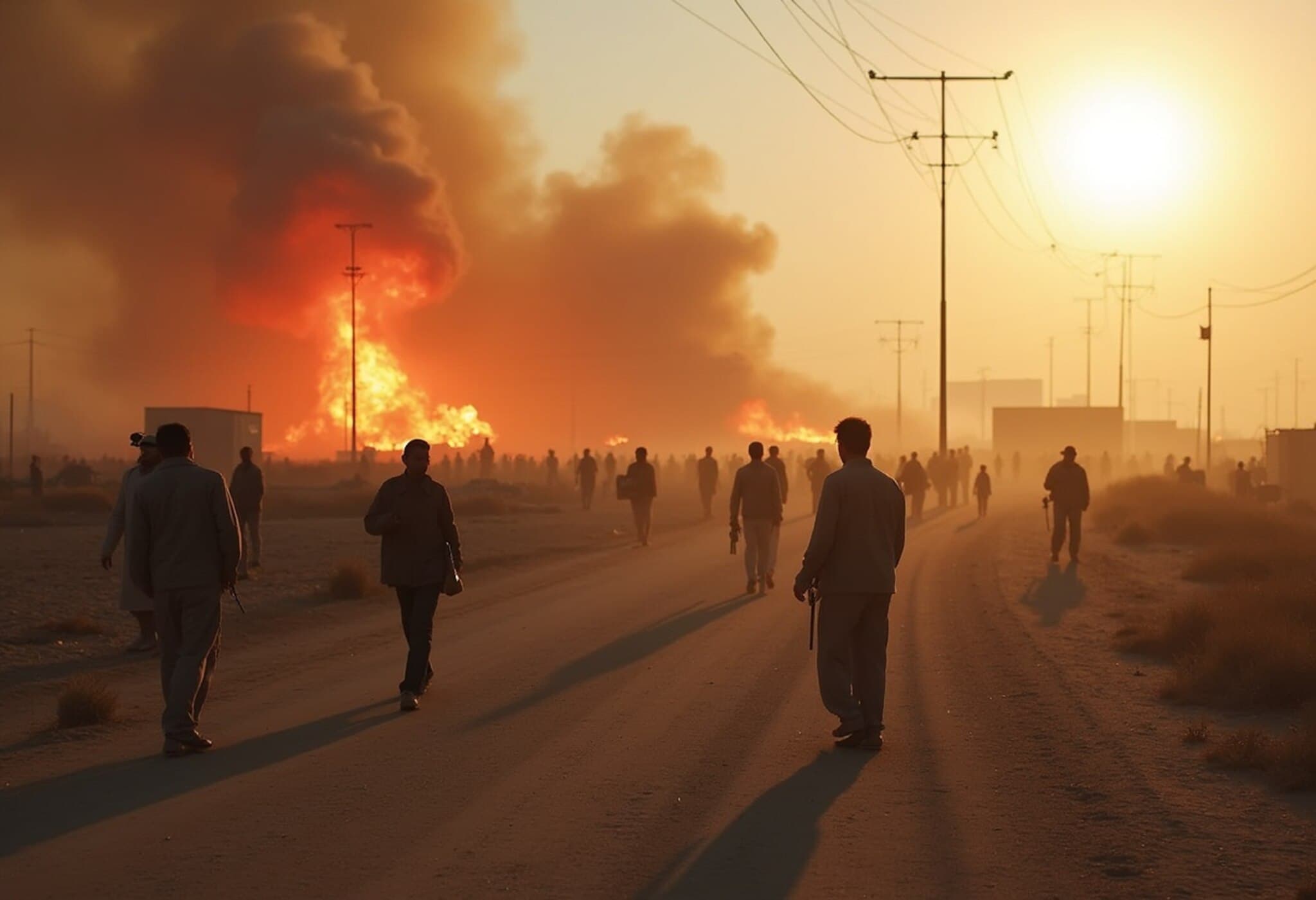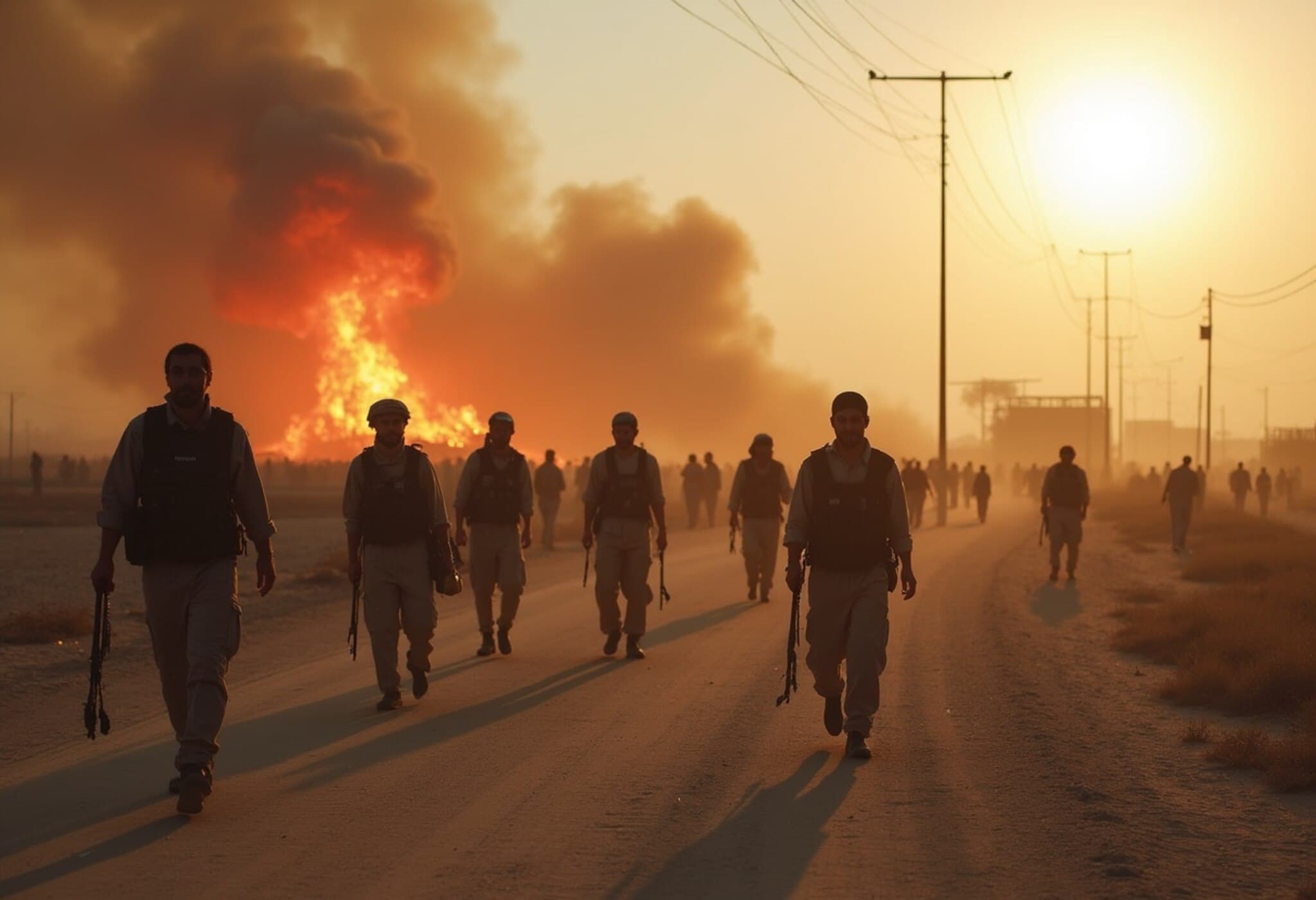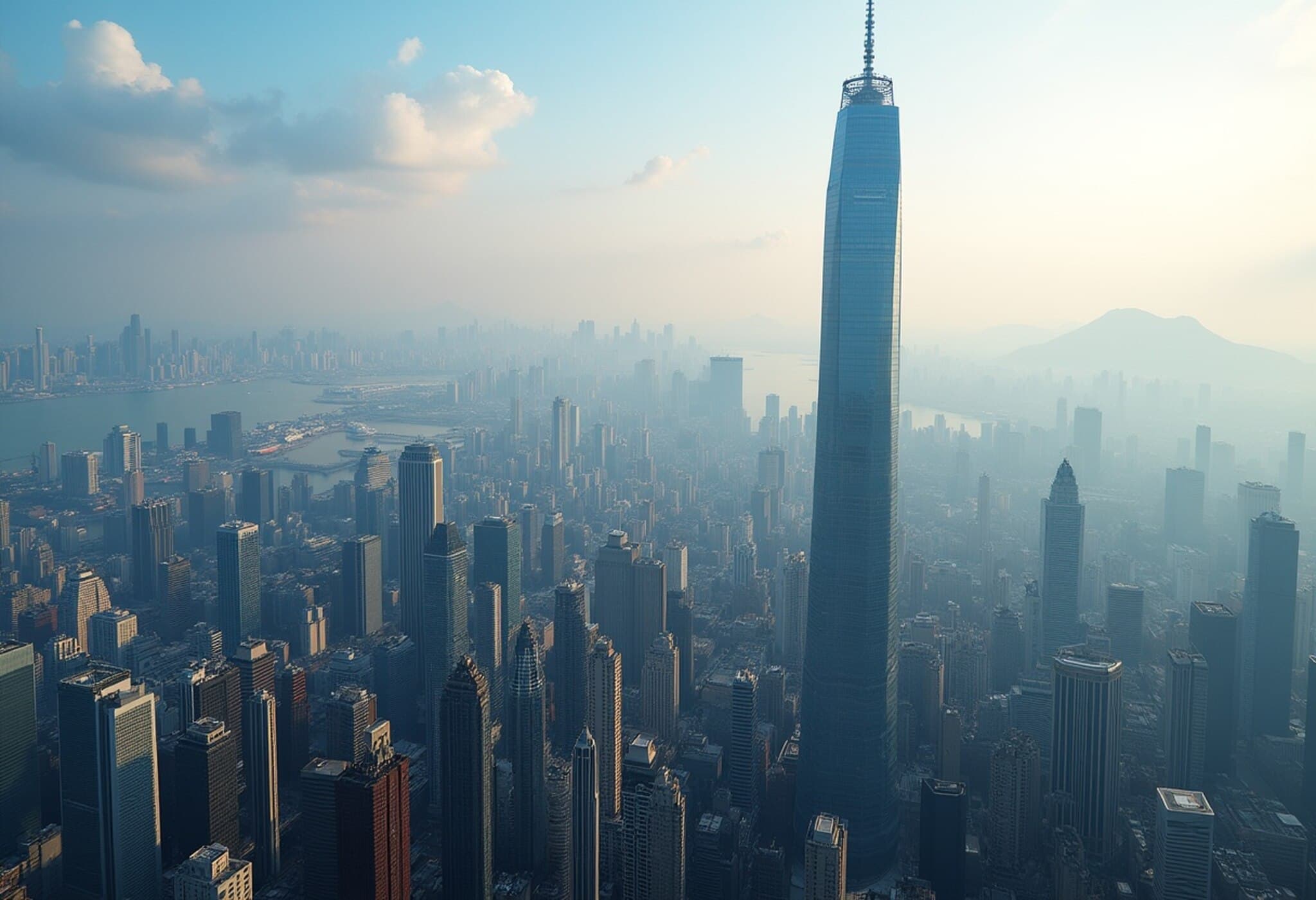Armed Bedouin Clans Pull Back from Sweida Amid Violent Clashes
After a week of brutal clashes that ravaged the Druze-majority city of Sweida in southern Syria, armed Bedouin militias declared their withdrawal on Sunday, following a fragile ceasefire brokered by the United States. This move, albeit tentative, comes as humanitarian aid convoys began reaching the besieged city, aiming to alleviate the suffering wrought by a conflict that has claimed hundreds of lives and threatens to destabilize Syria’s precarious postwar recovery.
Roots and Ramifications of Sectarian Violence
The southern province of Sweida, predominantly inhabited by the Druze—an ethno-religious minority with deep historical roots in Syria—became a flashpoint for intensified violence between local Druze militias and allied Sunni Muslim Bedouin clans. The fighting erupted amidst a cycle of tit-for-tat kidnappings and spiraling revenge attacks, revealing the fragile nature of communal coexistence in Syria’s fractured post-conflict landscape.
Adding complexity, Israeli airstrikes targeted government forces in the region, with Israel accusing these forces of siding with Bedouin militias. These strikes risk further entangling the already convoluted Syrian conflict in broader regional tensions.
Government and Leadership Responses
Interim President Ahmad al-Sharaa, viewed as relatively sympathetic to the Bedouin factions, called for adherence to the ceasefire and urged armed groups to cease their operations, emphasizing that “they cannot replace the role of the state in handling the country’s affairs and restoring security.” Yet, government forces’ fluctuating presence on the ground—first intervening to quell violence only to withdraw shortly after—highlighted the state’s fragile control.
Meanwhile, armed Bedouin fighters entrenched themselves on the city’s outskirts, insisting they would not leave Sweida until key Druze leaders, notably Sheikh Hikmat al-Hijri, surrendered for allegedly inciting unrest. This demand underscores the deep mistrust and fractious leadership dynamics within the Druze community.
Humanitarian Crisis Amid Ongoing Tensions
Following the Bedouin pullback, the Syrian Red Crescent dispatched 32 trucks loaded with vital supplies, including food, medicine, and fuel. Despite these efforts, the region grapples with power outages, food shortages, and displacement. The United Nations International Organization for Migration reported over 128,000 people displaced by the fighting, with an alarming spike of 43,000 fleeing in just one day.
However, tensions remain high. Syrian state media accused Druze militias of obstructing aid convoys, a charge denied by al-Hijri, who condemned the spread of divisive sectarian propaganda. These disputes reflect a deeper struggle over control and narrative in a community fractured along political and religious lines.
International Appeals for Peace and Stability
Washington’s special envoy to Syria, Tom Barrack, implored all combatants to lay down their arms immediately. On social media, he emphasized the crucial juncture Syria faces: “peace and dialogue must prevail—and prevail now.” His call not only reflects international concern over renewed instability but also highlights the challenge of breaking entrenched cycles of tribal vengeance that continue to undermine reconciliation efforts.
The Druze Community’s Predicament
The Druze are a unique religious minority, with more than half of the global population living in Syria, Lebanon, and Israel. Historically cautious yet politically influential, much of the Druze community in Syria welcomed the fall of the Assad regime—but with reservations about the Islamist elements that gained power afterward.
Sheikh Hikmat al-Hijri’s faction has taken a more confrontational stance, diverging from other Druze leaders who advocate diplomacy. This divide has contributed to internal fractures that external actors have exploited, exacerbating the violence.
Many Druze now express growing skepticism toward Damascus’ new leadership, fearing the community’s survival is jeopardized amid sectarian attacks and political marginalization. These dynamics complicate Syria’s fragile peace process and underscore the urgent need for inclusive governance that safeguards minority rights.
Looking Ahead: Fragile Peace or Renewed Conflict?
While the ceasefire offers a temporary reprieve, the underlying grievances remain unaddressed. Syria’s path toward a durable peace requires more than military disengagement—it demands inclusive dialogue, reconciliation across tribal and sectarian lines, and robust humanitarian support.
Moreover, regional powers must exercise restraint to prevent further escalation. The involvement of Israeli airstrikes and the fluctuating loyalties within Syrian government forces suggest that external influences continue to shape local realities, often at the expense of civilian safety.
As humanitarian agencies rush to provide relief, the international community faces a stark choice: bolster efforts to protect minorities and rebuild trust or witness the cycle of violence deepen, risking Syria’s tenuous stability.
Editor’s Note
The recent violence in Sweida reflects the complex overlay of ethnic, religious, and political tensions that permeate Syria’s postwar transition. Beyond battlefield dynamics, this crisis raises critical questions about state authority, minority protection, and the role of external actors. For American policymakers and analysts, understanding these layered conflicts is essential in crafting nuanced sanctions and diplomatic strategies that prioritize human rights and long-term stability. Readers are encouraged to consider how internal sectarian frictions, when inflamed by external interventions, can undermine broader peace efforts, making the pursuit of reconciliation both urgent and fraught.

